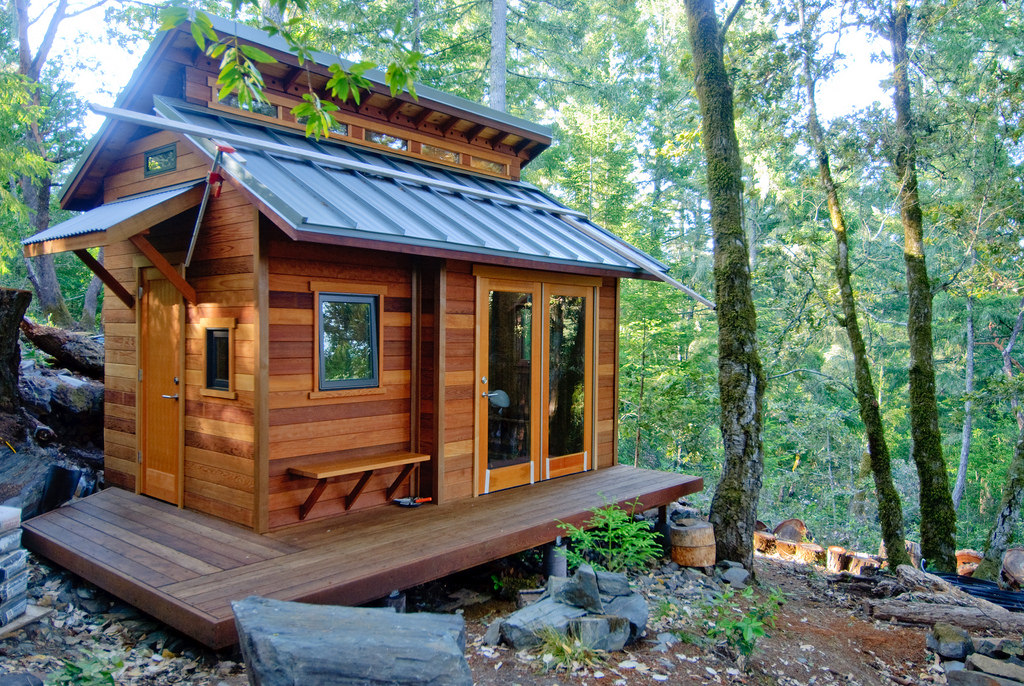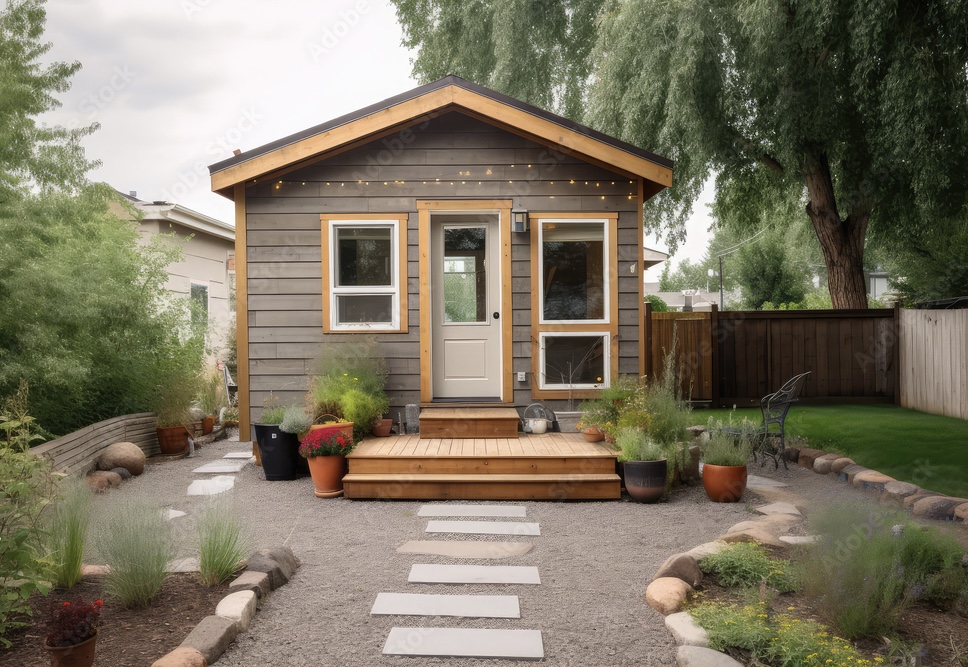Introduction to AB 1033 and its impact on Accessory Dwelling Units (ADUs).
You may have heard about a new law in California that’s changing the way people can use their extra living spaces, often called “Accessory Dwelling Units” (ADUs) or “granny flats.” In the past, these little homes or add-ons to existing houses were typically rented out to others. However, a recent law known as Assembly Bill 1033, or AB 1033, is bringing a big change by allowing homeowners to sell these ADUs as condominiums.
ADUs: A Variety of Living Spaces
Explaining what ADUs are and the different forms they can take.
ADUs come in various shapes and sizes. For instance, they can be small houses in the backyard, converted garages, or even unused parts of the main house. The idea behind this new law came from Assemblyman Phil Ting, who represents San Francisco. He crafted this legislation, and it has now become law.
AB 1033: Opening Doors to Condo-Style Sales
Details on how the new law allows homeowners to sell ADUs as condominiums.
With AB 1033, homeowners in certain cities in California can build an ADU on their property and then sell it separately, just like condominiums. This new law is meant to provide more choices for homeowners when it comes to making use of their property. One of the main goals is to increase homeownership in California, as Assemblyman Phil Ting mentioned.
Local Choice: Some Cities Opt In, Others Opt Out
Discussing the role of local governments in deciding whether to implement the law in their areas.
Now, here’s the catch: not all cities in California have to follow this new law. Local governments can choose whether they want to allow ADUs to be sold as condominiums in their areas or not.
Rules for Selling ADUs as Condos
An overview of the regulations homeowners must follow when selling ADUs.
When homeowners decide to sell ADUs like condos, there are certain rules they must follow. For instance, they need to inform local utility companies, such as those providing water, sewer, gas, and electricity, about the new unit. Additionally, each property with an ADU must create a homeowners association. This association will collect dues from the homeowners to cover the costs of taking care of shared spaces like driveways, swimming pools, or common roofs.
Property Taxes: A Dual System
Explaining how property taxes work when an ADU is sold separately from the main home.
Another important thing to note is that, much like with regular condominiums, the home and the ADU will have different property taxes, as explained by Assemblyman Ting.
Initial Buyers and the Future of ADU Sales
Speculating on the types of buyers initially interested and the potential for ADUs as a standard real estate option.
In the beginning, it’s expected that many ADUs sold as condos will go to family members or close friends of the homeowners. Over time, though, as people become more familiar with this process, we might see more ADUs being sold as traditional real estate transactions.
Benefits for Retirees and Young Families
Discussing how AB 1033 can help both retirees and young families find housing solutions.
Meredith Stowers, a loan officer in San Diego who specializes in ADUs, thinks that AB 1033 is beneficial for both current homeowners and potential new buyers. She points out that many retirees have already paid off their mortgages but are struggling to get by on a limited income from Social Security and retirement savings. This new law gives retirees a chance to make extra money, while at the same time, it offers young families an opportunity to buy an affordable first home.
Success Stories from Other States
Highlighting the positive outcomes of selling ADUs as condominiums in places like Oregon, Texas, and Seattle.
Selling ADUs as condominiums has been successful in other places like Oregon, Texas, and Seattle. In 2019, Seattle made it easier for property owners to build ADUs by removing certain rules and regulations. As a result, the city saw a substantial increase in ADU permits, with nearly 1,000 issued, which was more than four times the number permitted in the previous year.
Seattle’s ADU Boom: A Case Study
Examining Seattle’s experience with increased ADU permits and the average prices for these units.
Furthermore, a report from Seattle noted that in 2022, the city permitted 437 attached ADUs and 551 detached ADUs, which are sometimes called “backyard cottages.” Many of these ADUs were built on properties with multiple units, and some were part of larger housing developments that included single-family homes.
The report even included information about the prices at which these ADUs were sold. They found that a unit of more than 1,000 square feet sold for an average price ranging from $500,000 to $800,000.
Conclusion: Changing the Housing Landscape
Summarizing the key points and the impact of AB 1033 on California’s housing market.
In summary, this new law in California, AB 1033, is changing the way people can use their extra living spaces. It provides more options for homeowners and aims to increase homeownership. While it’s off to a good start in California, the idea of selling ADUs as condos has already proven successful in other parts of the country, and it offers new possibilities for retirees and young families looking for affordable housing.




Leave a Reply